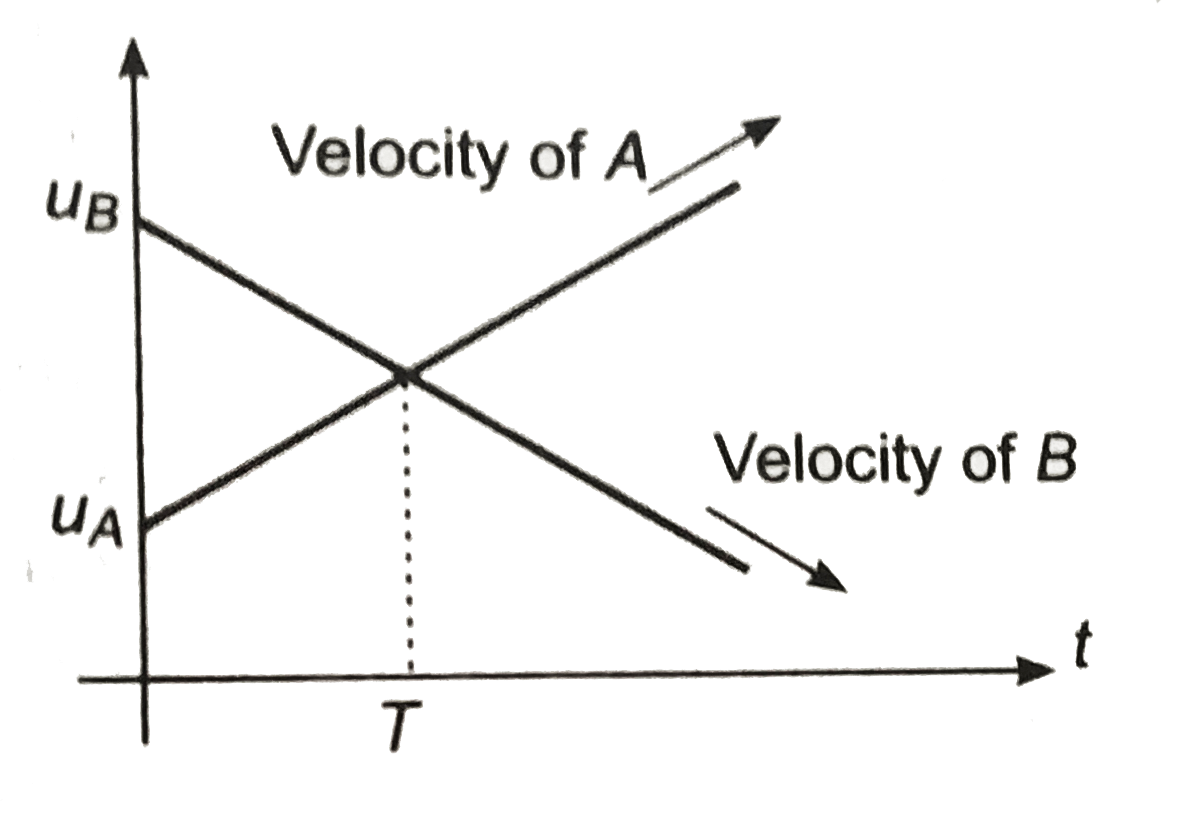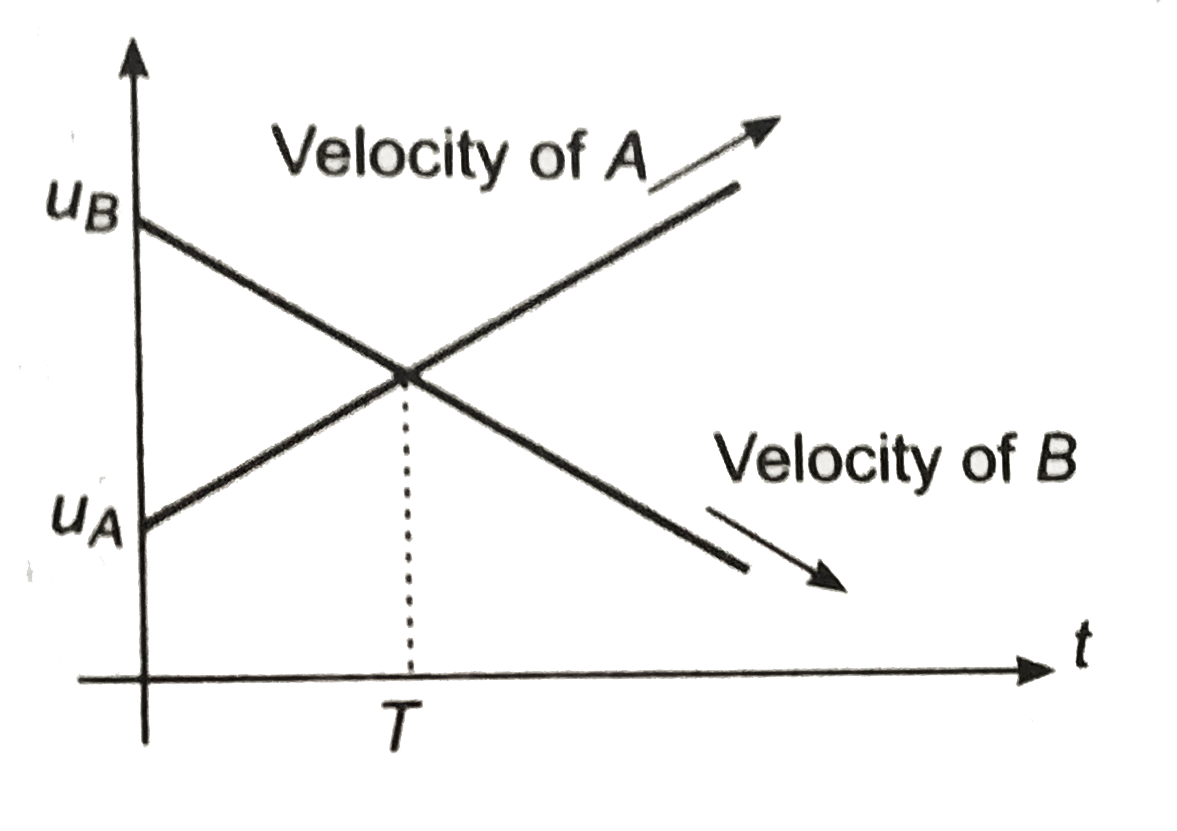Two friends A and B started from the same location and went 30 km along a road in the same direction. Figure 2.13 shows their motions through graphs. Answer. The following question.When did B start ?

B started at 11.00 a.m., when the distance covered covered by him was zero.
Topper's Solved these Questions
Similar Questions
Two friends A and B started from the same location and went 30 km along a road in the same direction. Figure 2.13 shows their motions through graphs. Answer. The following question.When did a start ?

View SolutionTwo friends A and B started from the same location and went 30 km along a road in the same direction. Figure 2.13 shows their motions through graphs. Answer. The following question.Did any of them move with uniform speed ?

View Solution
Knowledge Check
A motorist and a scooterist made a journey of 120 km at the same time and form the same place. The graph shows the progress of the journey made by each person. Study the graph and answer the questions.

How far, from the start, did the motorist meet the scooterist ? (in km)A75B70C90D80A situation is shown in which two objects A and B start their motion from same point in same direction. The graph of their velocities against time is drawn. uAanduB are the initial velocities of A and B respectively. T is the time at which their velocities become equal after start of motion. You cannot use the data of one question while solving another question of the same set. So all the questions are independent of each other.
6. Let vAandvB be the velocities of the particles A and B respectively at the moment A and B meet after start of the motion. If uA=5ms−1anduB=15ms−1, then the magnitude of the difference of velocities vAandvB is
 A5ms−1B10ms−1C15ms−1Ddata insufficient
A5ms−1B10ms−1C15ms−1Ddata insufficientA situation is shown in which two objects A and B start their motion from same point in same direction. The graph of their velocities against time is drawn. uAanduB are the initial velocities of A and B respectively. T is the time at which their velocities become equal after start of motion. You cannot use the data of one question while solving another question of the same set. So all the questions are independent of each other.
7. After 10 s of the start of motion of both objects A and B, find the value of velocity of A if uA=6ms−1,uB=12ms−1 and at T velocity of A is 8ms−1andT=4s
 A12ms−1B10ms−1C15ms−1DNone of these
A12ms−1B10ms−1C15ms−1DNone of these
Two cars A and B start from a same point at same instant of time and move in same direction. The variation of their respective velocities with time is indicated in the graph as shown in the figure. The time after their motion starts, when the cars cross each other is?
View SolutionFig 2.26 shows the displacement-time graph for the motion of two boys A and B along a straight road in the same direction. Answer the following:
(i) When did B start after A ?
(ii) How far away was A from B when B started?
(iii) Which of the two has greater velocity ?
(iv) When and where did B overtake A ?

View SolutionA tortoise can complete a full round on the circular track in 8 min, while the rabbit can do the same on the same circular track in 5 min. A,B,C and D are the four consecutive points on the circular track which are equidistant from each other. A is opposite to C and B is opposite to D. After how many min. will they meet together for the first time when both have started simultaneously from the same point in the same direction?
View SolutionA situation is shown in which two objects A and B start their motion from same point in same direction. The graph of their velocities against time is drawn. uAanduB are the initial velocities of A and B respectively. T is the time at which their velocities become equal after start of motion. You cannot use the data of one question while solving another question of the same set. So all the questions are independent of each other.
5. If the value of T is 4 s, then the time after which A will meet B is

View SolutionA situation is shown in which two objects A and B start their motion from same point in same direction. The graph of their velocities against time is drawn. uAanduB are the initial velocities of A and B respectively. T is the time at which their velocities become equal after start of motion. You cannot use the data of one question while solving another question of the same set. So all the questions are independent of each other.
6. Let vAandvB be the velocities of the particles A and B respectively at the moment A and B meet after start of the motion. If uA=5ms−1anduB=15ms−1, then the magnitude of the difference of velocities vAandvB is

View Solution
